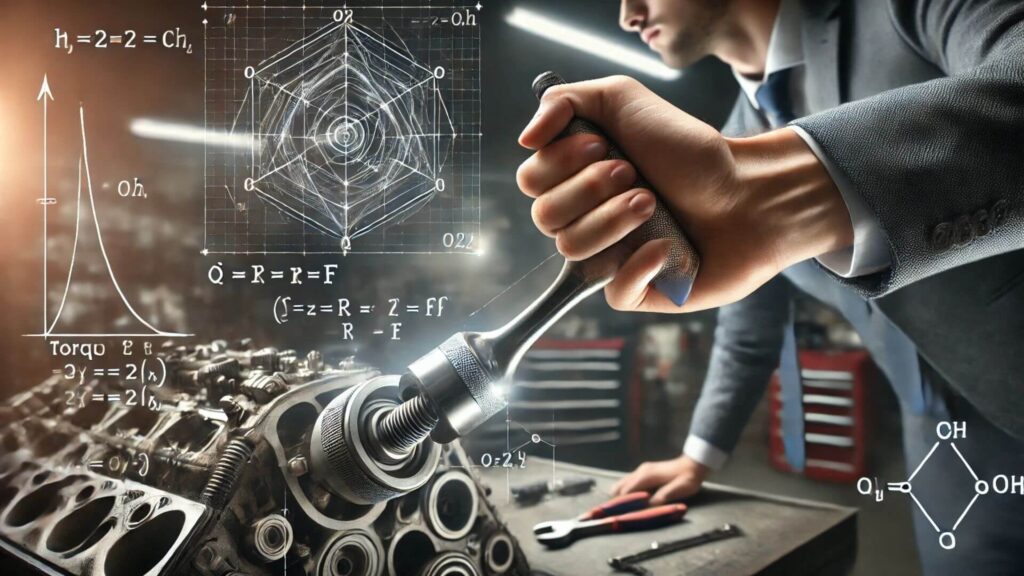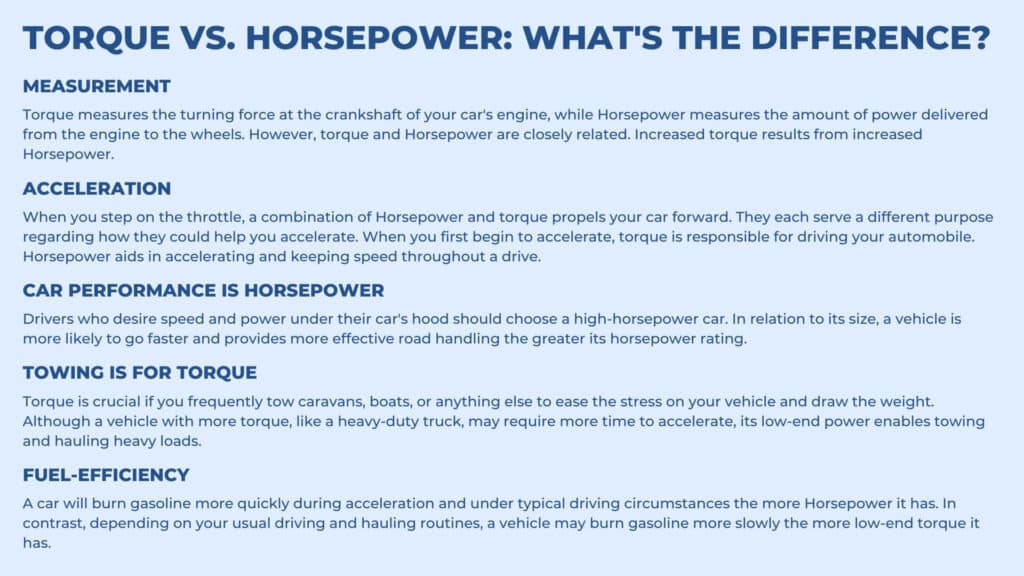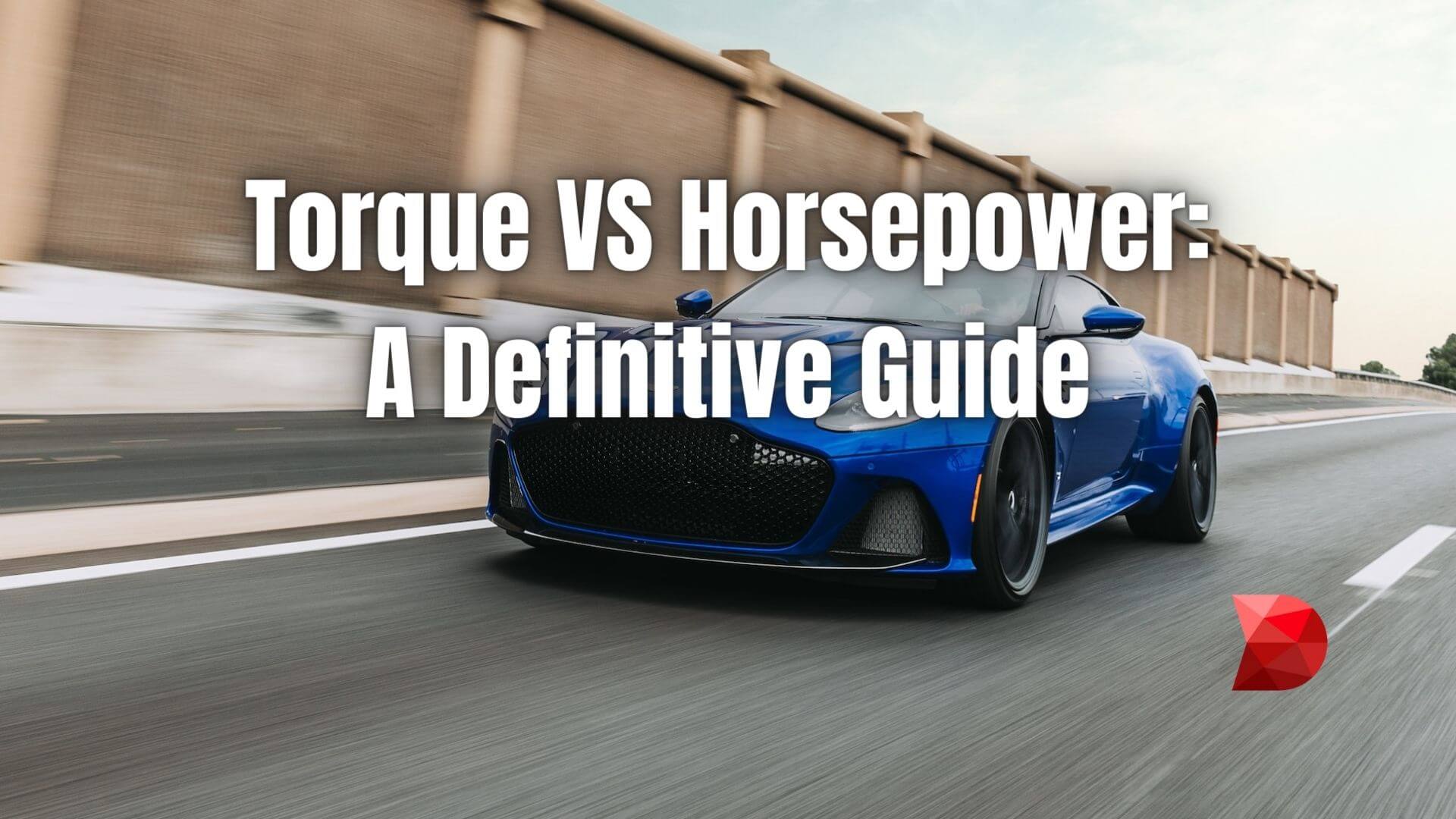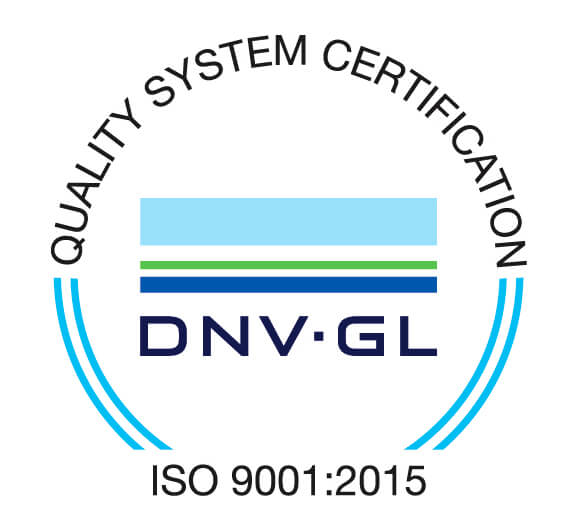Automakers use a range of measures to gauge and convey the engine power of their vehicles. Particularly when discussing acceleration, the terms “horsepower” and “torque” are usually mentioned. How significant are they, and what do they actually mean? Read on and learn the distinction between Torque vs Horsepower.
Table of Contents
ToggleWhat is Torque?

As Horsepower describes the total amount of power an engine produces, torque, on the other hand, describes how well an engine can turn or force times distance. To put it simply, torque is the force that pulls you back in your seat during an acceleration, whereas Horsepower is the speed achieved after an acceleration.
Many trucks have a diesel option since diesel automobile engines provide maximum torque. These engines utilize longer strokes to give pistons extra leverage as they spin and produce more force.
What is Horsepower?
“Horsepower” describes the amount of power an engine can produce. The amount of power needed to propel 550 pounds a foot in a second or 33,000 pounds 1 foot in a minute determines it. A measure of power is how quickly this task completes itself.
A car is faster when it has a higher horsepower rating. This explains why certain sports vehicles have incredibly high horsepower estimates. However, a number of variables, such as the car’s mass and torque, affect how much acceleration you experience. The fastest car might not have the most Horsepower.
Torque Vs. Horsepower: What’s The Difference?

Both torque and Horsepower are output when you start the car and hit the gas. They are a component of the mechanism that turns the air and gasoline inside the engine into the energy required to move your vehicle. Let’s examine some distinctions between torque and Horsepower in more detail.
Measurement
Torque measures the turning force at the crankshaft of your car’s engine, while Horsepower measures the amount of power delivered from the engine to the wheels. However, torque and Horsepower are closely related. Increased torque results from increased Horsepower. You can figure out Horsepower using this easy equation:
Horsepower = Torque x RPM / 5,252
Acceleration
When you step on the throttle, a combination of Horsepower and torque propels your car forward. They each serve a different purpose regarding how they could help you accelerate. When you first begin to accelerate, torque is responsible for driving your automobile. Horsepower aids in accelerating and keeping speed throughout a drive.
Car Performance is Horsepower
Drivers who desire speed and power under their car’s hood should choose a high-horsepower car. In relation to its size, a vehicle is more likely to go faster and provides more effective road handling the greater its horsepower rating.
Towing is for Torque
Torque is crucial if you frequently tow caravans, boats, or anything else to ease the stress on your vehicle and draw the weight. Although a vehicle with more torque, like a heavy-duty truck, may require more time to accelerate, its low-end power enables towing and hauling heavy loads.
Fuel-efficiency
A car will burn gasoline more quickly during acceleration and under typical driving circumstances the more Horsepower it has. In contrast, depending on your usual driving and hauling routines, a vehicle may burn gasoline more slowly the more low-end torque it has.
Torque Vs. Horsepower: What’s Their Relationship?
The crankshaft’s ability to produce torque, which is related to the engine’s overall capacity (size) and maximum revolutions per minute (rpm), defines how much Horsepower an engine can produce.
Engine designers know that a car with more Horsepower will have the ability to sustain high speeds for a longer period of time, but a car with more torque can accelerate faster from a stop, and they usually aim to optimize both.
Generally, engine-size engines produce more torque at lower rpm, whereas higher rpm or redline engines produce more Horsepower.
Due to the maximum engine displacement being restricted by the size of the vehicle, the maximum engine horsepower is similarly limited, as is the amount of torque an engine can generate.
Monitor Torque and Horsepower Measurements With DATAMYTE
One final point to consider is that a vehicle’s torque and horsepower can significantly impact engine wear over time. If you plan to sell your vehicle in the future and want to maximize resale value, understanding this balance is crucial. And if you’re evaluating the optimal torque-to-horsepower ratio in a new or used car, DATAMYTE’s precision torque tools can help.
DATAMYTE’s LightStar™ Torque Wrench is specifically designed to deliver highly accurate and reliable torque measurements. Unlike manual methods, our advanced digital torque solutions ensure precision, consistency, and efficiency. The digitized readings can be stored for further analysis, allowing you to maintain quality control and compliance effortlessly.
With DATAMYTE’s LightStar™ Torque Wrench, you get a cutting-edge solution for monitoring, measuring, and optimizing torque applications. Book a FREE DEMO today to see how DATAMYTE can enhance your torque measurement process.
Conclusion
As horsepower and torque are inseparably related, knowing what the numbers mean should help you select the vehicle that best meets your needs. By using DATAMYTE’s torque measurement solutions, you can ensure accuracy and efficiency in your testing process. With our intuitive user interface and data analysis capabilities, you can have peace of mind knowing that the results you get are trustworthy and reliable. Get started today by booking a free demo with us to learn more!



